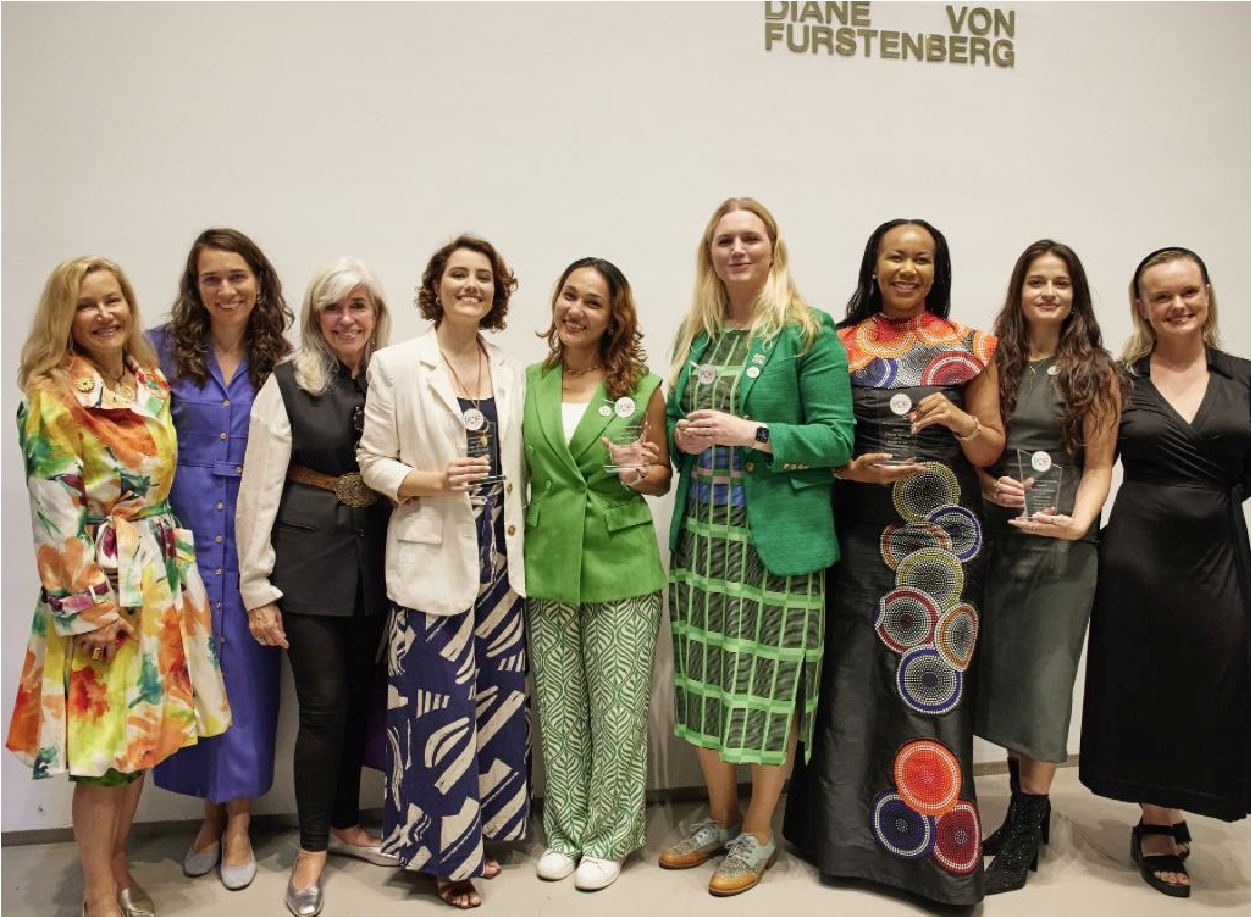RELX has been a Lead Partner and supporter of the WE Empower Challenge since 2023. The WE Empower UN SDG Challenge honors innovative women leaders from around the world who are pushing the United Nations Sustainable Development Goals or SDGs forward, through sustainable business practices and inspiring others to follow suit. Read about the 2024 awardees.
Acta Colombiana de Cuidado Intensivo, Volume 25, Issue 1, January–March 2025, Pages 150-158
This study emphasizes the critical need for culturally sensitive research and targeted interventions to address the high rates of high-lethality suicide attempts among indigenous populations, particularly in Colombia's Embera community. It highlights how understanding cultural, social, and environmental factors is essential for developing effective prevention strategies tailored to these vulnerable groups.
LexisNexis UK hosted a panel discussion in collaboration with International Law Book Facility (ILBF) to explore The Rule of Law: what will it look like in 20 years’ time?
Celebrating Women Pioneers in Molecular Biology
This special issue highlights and celebrates women in molecular biology. This perspective article by Carol Carter highlights her background, what motivated her to pursue a career in science, key discoveries made. What has changed since she entered the field and what she thinks the future holds for the field.
Celebrating Women Pioneers in Molecular Biology
This special issue highlights and celebrates women in molecular biology. This perspective article by Linda Hendershot highlights her background, what motivated her to pursue a career in science, key discoveries made. What has changed since she entered the field and what she thinks the future holds for the field.
Celebrating Women Pioneers in Molecular Biology
This special issue highlights and celebrates women in molecular biology. This perspective article by Sabeeha Merchant highlights highlights her background, what motivated her to pursue a career in science, key discoveries made. What has changed since she entered the field and what she thinks the future holds for the field.
Celebrating Women Pioneers in Molecular Biology
This special issue highlights and celebrates women in molecular biology. This perspective article by Lila Gierasch highlights her background, what motivated her to pursue a career in science, key discoveries made. What has changed since she entered the field and what she thinks the future holds for the field.


